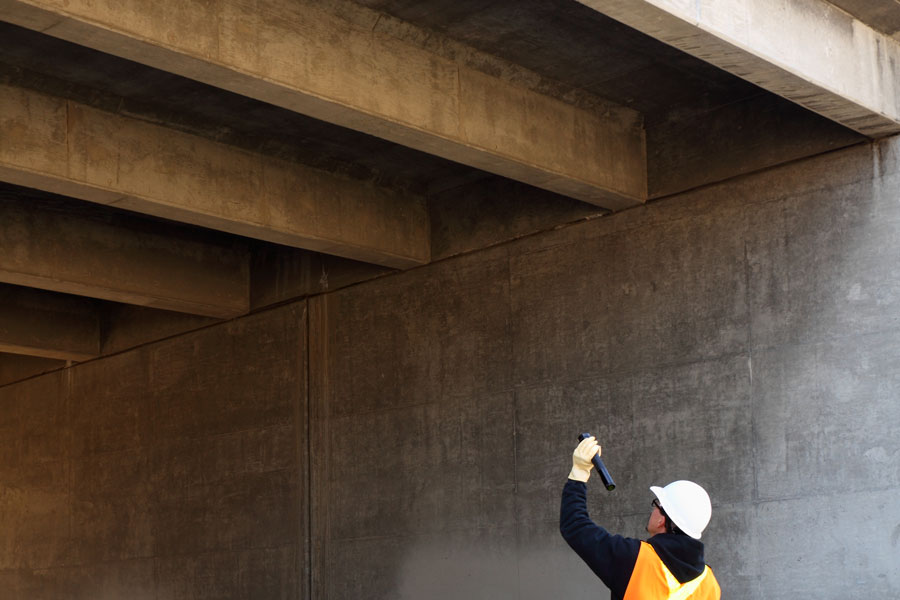
Bridges are very critical elements of our highway system, whose failure can be costly and deadly. In 1967, there was a sudden collapse of the Silver Bridge, a pin-connected link suspension bridge over the Ohio River at Point Pleasant, West Virginia, with loss of 46 lives. As a result, a 1968 federal act initiated a national bridge inspection program that recognized the need for periodic and consistent bridge inspections. The first National Bridge Inspection Standards (NBIS) were developed in 1971. Another structure failure at the Mianus River Bridge in Connecticut in 1983, resulted in 3 deaths and caused more concern related to fatigue and fracture-critical bridges. This failure and further research resulted in fracture-critical inspections to be mandated. In 1987, scour caused failure of the Schoharie Creek Bridge in New York. This failure resulted in the initiation of the underwater bridge inspection program. Further strengthening our resolve to ensure the safety of our bridges through inspections was the more recent deadly failure of the I-35W Bridge over the Mississippi River in Minnesota approximately ten years ago, with a loss of 13 lives. The response to this collapse was the creation of gusset plate inspection guidelines as well as an increased effort to ensure inspections are performed on schedule and that the inspectors performing the inspections are qualified.
According to the NBIS, a structure is considered to be a bridge if it has a clear span greater than 20 feet. There are approximately 3,400 bridges spanning over 20-ft and carrying public roadways in the seven county Chicago region, half of which are locally owned. On average these bridges are about 50 years old. About 10% of them are considered structurally deficient, meaning a major component of the bridge such as a beam or pier is in poor condition, exhibiting advanced section loss and deterioration. A bridge can also be considered structurally deficient if a significant amount of scouring is discovered undermining its abutments and/or piers in the waterway. The most common cause for bridge failure in Illinois is the loss of a substructure element to scour.

Oak Spring Road over Des Plaines River (SN 049-3047) | Libertyville Township
The NBIS requires all local agencies having responsibility for a structure in the National Bridge Inventory to designate a Program Manager who will ensure compliance with the NBIS and provide guidance and management of their bridge inventory. Civiltech has staff certified by IDOT to perform the required inspection and act as a Program Manager for local agencies and currently does so for nine municipalities. Inspected structure types include reinforced concrete box culverts, PPC deck beam bridges, reinforced concrete slab bridges, CMP culverts, multi-span steel and concrete girder bridges, concrete rigid frames, steel box girder bridges, and steel truss bridges. Additionally, Civiltech has rated and recommended load postings for bridges in advanced stages of deterioration.
The importance of bridges to the safety of our roadway system coupled with the large investment they represent, makes it critical that bridge owners both inspect and maintain their bridge inventories. Civiltech has recommended repairs to prolong the useful life of bridges, estimated the cost of those repairs and prioritized the repairs to help municipalities cost effectively manage bridge inventories. Additionally, we have assisted local agencies in obtaining federal funds through IDOT’s Bureau of Local Roads & Streets for the rehabilitation or replacement of their deficient bridges.
